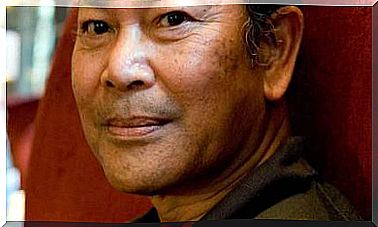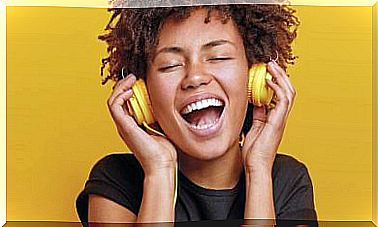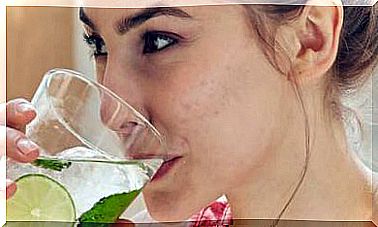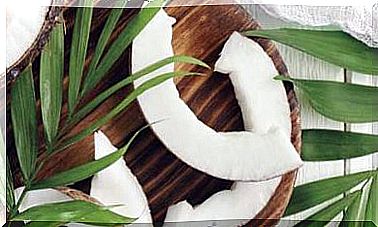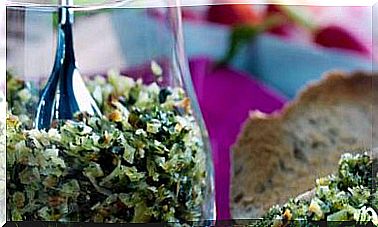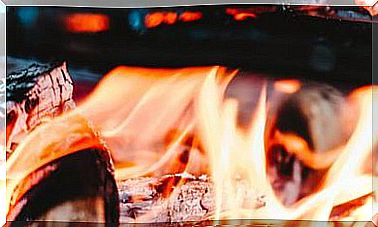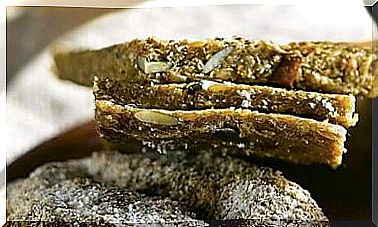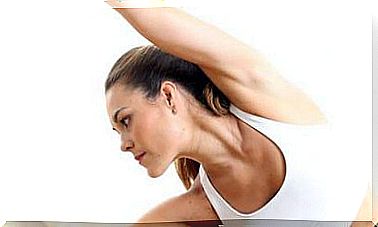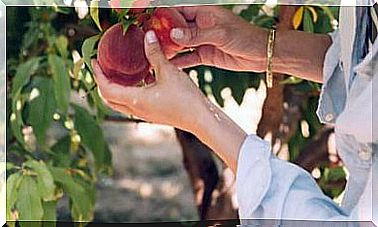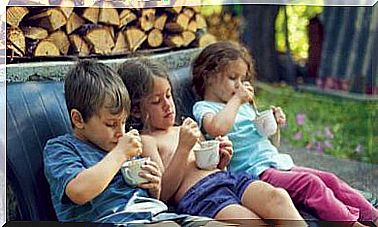7 Exercises To Develop Body And Mental Balance
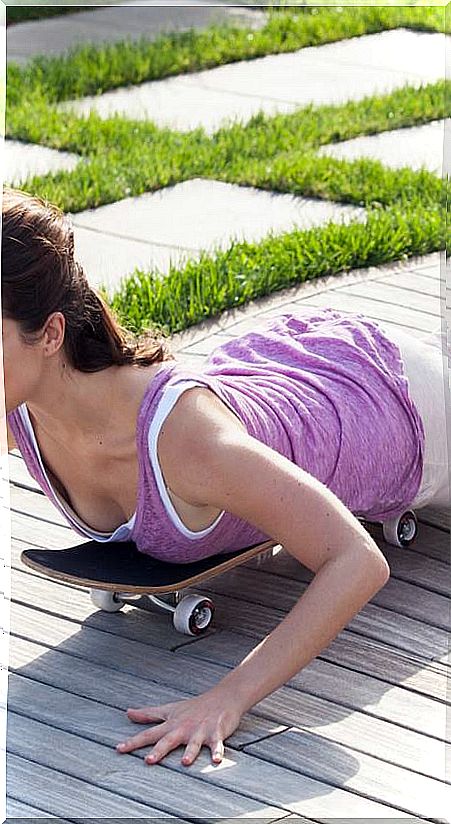
A body work that is reflected in the mind
The Earth pulls us toward its center with force and holds all living things on its spherical surface. The feet are the base that allows the body to stand upright and react to the force of gravity.
We thus build a true organic sculpture thanks to the support of muscles and bones, guided by the will to stand up and to move and live. The Chinese ideogram that represents man – a line that relates heaven and earth – conveys that idea.
Rooting connects us to the Earth and brings us confidence
Every time we lift a leg to move forward, we have the assurance that the Earth will draw our foot back to itself, giving us new support from which to take the next step. They don’t call her Mother Earth for a reason!
Rooting is a common concept in various practices and therapies that we can apply in multiple contexts. It is related to a stable posture and correct body alignment, but it also requires the ability to feel and establish a relationship with the Earth, perceived as a firm surface that we can trust.
The conscious experience of connecting with the Earth is a muscular and mentally very different action than falling on it. And it can be very revealing for both improving posture and attitude to life.
Fluency to respond
Rooting and stability do not imply immobility or stubbornness but, on the contrary, fluidity and availability to absorb and transform external influences. Faced with a stimulus that threatens the balance, the ideal thing is to give in and move in order to root again.
When rooting is practiced , losing balance is not a problem, as balance is dynamic and rebuilds over and over again.
Clear mental intention
The mere fact of standing involves an activity of balance and movement of small amplitude. To keep the skeleton vertical, we permanently oscillate in a similar way to a candle flame.
The sense of balance is the one that allows walking without falling or the one that gives the ability to assume and sustain any movement or position of the body under the force of gravity.
It depends on various systems in charge of guiding the person in the middle.
- In the inner ear is the vestibular system, an ingenious device that detects the movements of the head in space and its changes in orientation with respect to gravity.
- Muscles and joints have sensors that report the positions of the different parts of the body and their situation with respect to the plane of support.
- Through sight we know where we are in relation to the surrounding space. And based on all this information we react.
Start at the bottom
Nothing can be erected without a foundation or a root. The key is to start building yourself by organizing yourself from the bottom up.
Bamboo offers a nice example. In its early years it hardly grows. And suddenly, you can gain several meters of height in a month. What did you do before? Build its base, create deep roots, which will allow it to ascend towards the sky, obtaining nutrients from the earth and resisting the onslaught of the wind.
The tower of bones that we build from a base as small as our feet is astonishing. Let us also bear in mind that different weights (organs, muscles …) hang from this tower at different places and heights, creating forces in different directions.
Keeping this entire system upright and undamaged takes energy and determination. You just have to contemplate a child taking his first steps.
The base of the tower of bones
The foot is made up of twenty-six bones and a greater number of joints. In your plant are our supports. There is a plantar vault on each foot that is sometimes compared to a triangular sail, concave with respect to the ground and anchored to it at three points.
It must combine strength, elasticity and adaptability to support the weight of the body and the reaction of the ground, as well as to transmit the impulses of the body for walking and movement to the ground.
It gives the sole of the foot the shape of an irregular vault supported by three arches (internal, external and transverse) that join these points of support. The tripod anchors the dome to the ground and allows the weight to be transmitted to the ground. It falls on the base of the big toe, that of the little finger and on the center of the heel.
In an ideal situation the bones that give structure to these three arches do not “touch” the ground except at the points of the tripod. The soft tissues that cover the sole make the transverse and external arch appear to lie flat on the ground.
The relationship with space
What can a conscientious work on the management of their supports bring to a person? As babies, by hitting the ground with our hands, by anchoring ourselves to crawl, by crawling, we discovered how the supports work. But it’s been a long time since.
Now it should be remembered that bodily we live in balance and that our way of erecting ourselves on the earth implies permanent dynamic stability and availability for adaptation. A fixed or rigid attitude is not compatible with a fluid balance. Depending on how we organize this, we will show ourselves about the world.
When working on balance, it is rare to act directly on our perception of the surrounding space. The conscious knowledge of its depth, of its infinity in all directions, makes it possible to lay invisible threads that constitute true supports in the direction that is most useful.
It also makes it possible to act on muscle tone and provides sharpness and clarity of intention to movement.
Consciousness and integration
The fruits of body labor depend on two key elements: awareness and integration.
- Consciousness. It is the attention that is paid to what is being done. We choose one or two phenomena: what is happening in my ankles or how my pelvis adapts, for example. Bringing your attention to the chosen item is a way of learning. We bring it to the observation table and, once the use is observed and improved, we give it back to freedom.
- The integration. The knowledge that we acquire then operates from the unconscious and, if it is trained, it will come in due time. This requires perseverance, as each new learning is based on previous acquisitions. The secret is that the observation process becomes something enjoyable on its own.
If there is no harvest, the experience will pass like a shooting star that we are not sure we have seen. Integration is listening, silence, the space that we seek so that the new finds its place in the whole. And the whole is everything, not just the body.
Subtle changes in the body allow new thoughts and feelings to take shape. It is worth being open to associations, to “revelations”, to “notices”, without needing to put them into words. And give space for sensations to become knowledge.
Put balance into practice!
